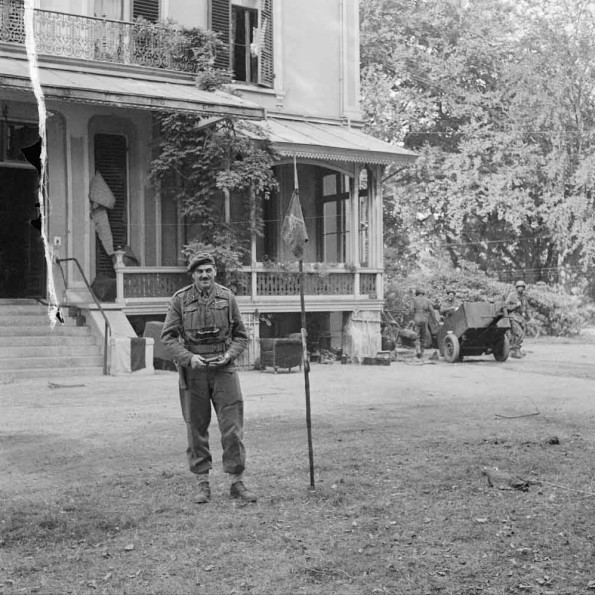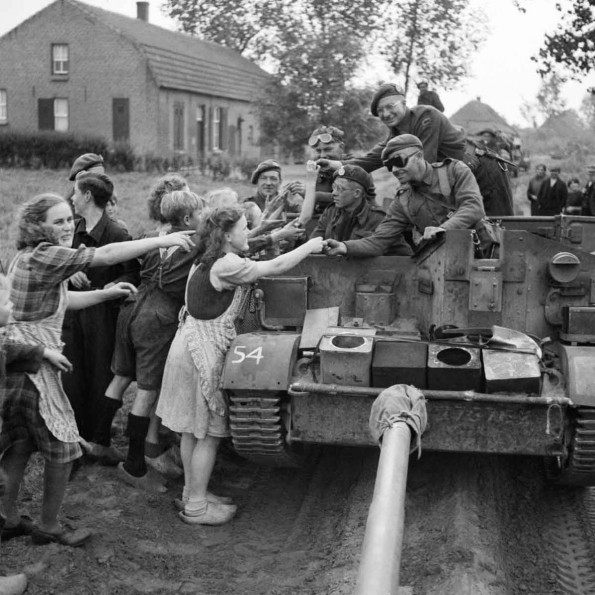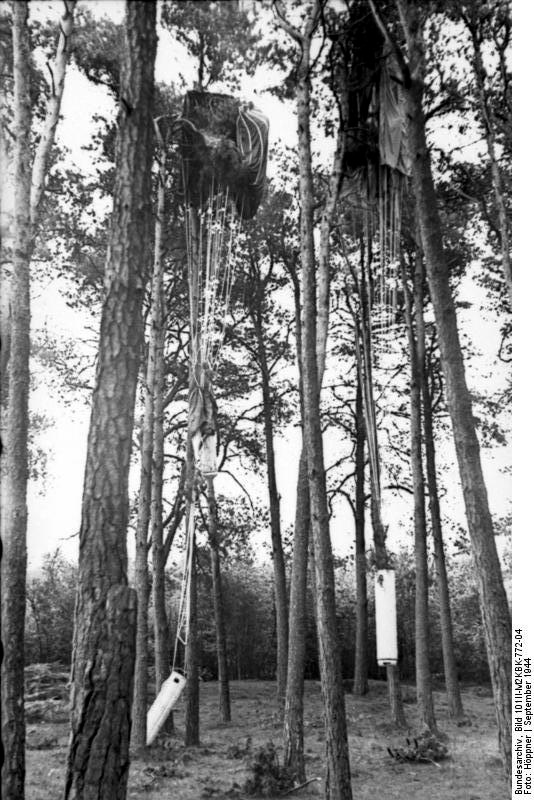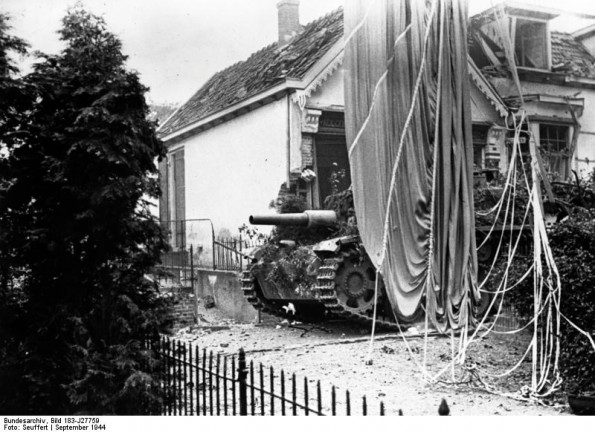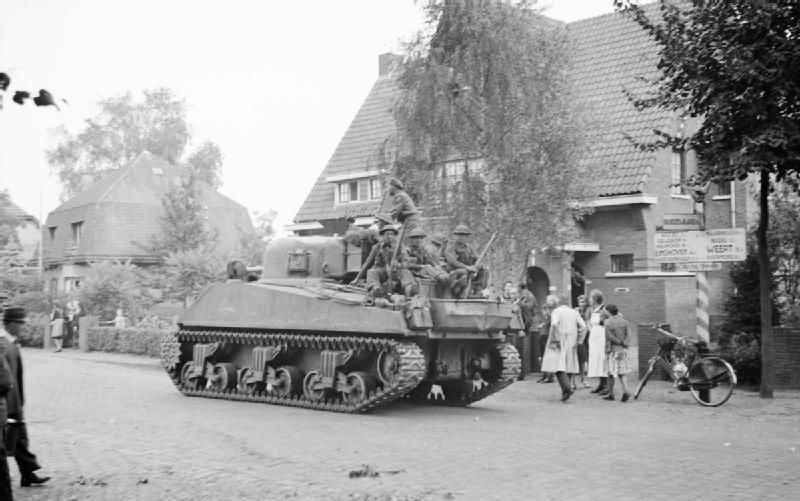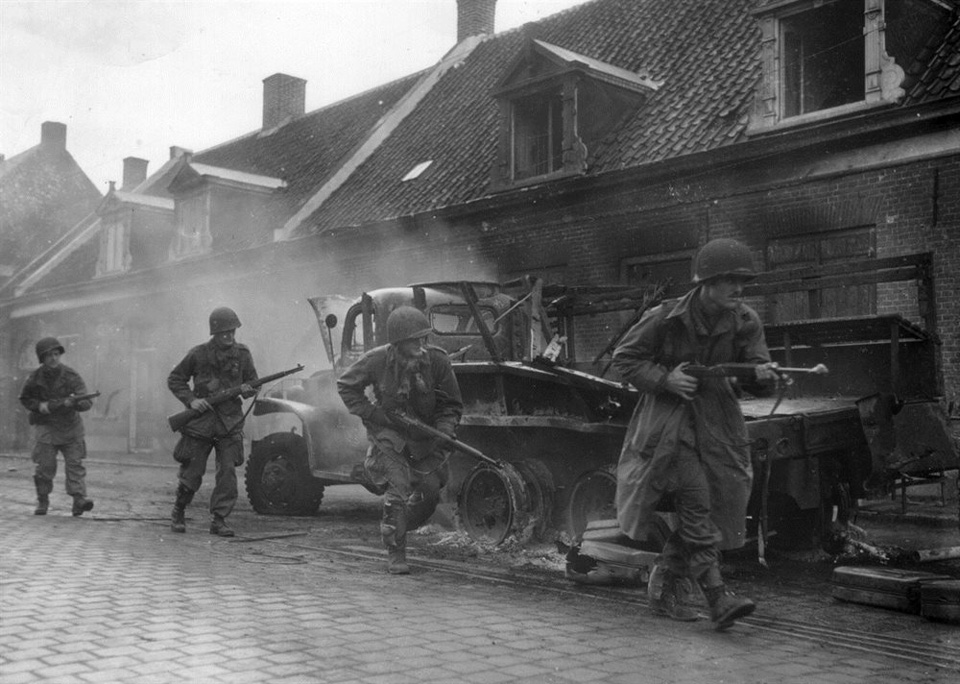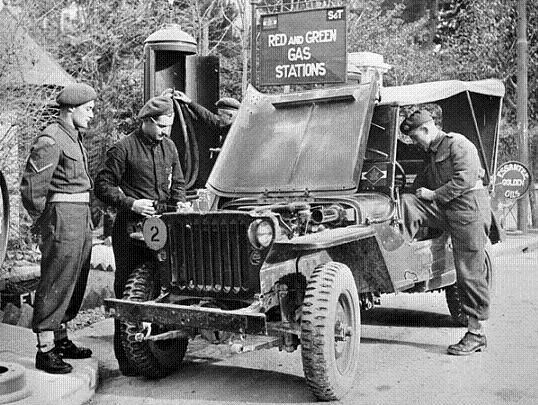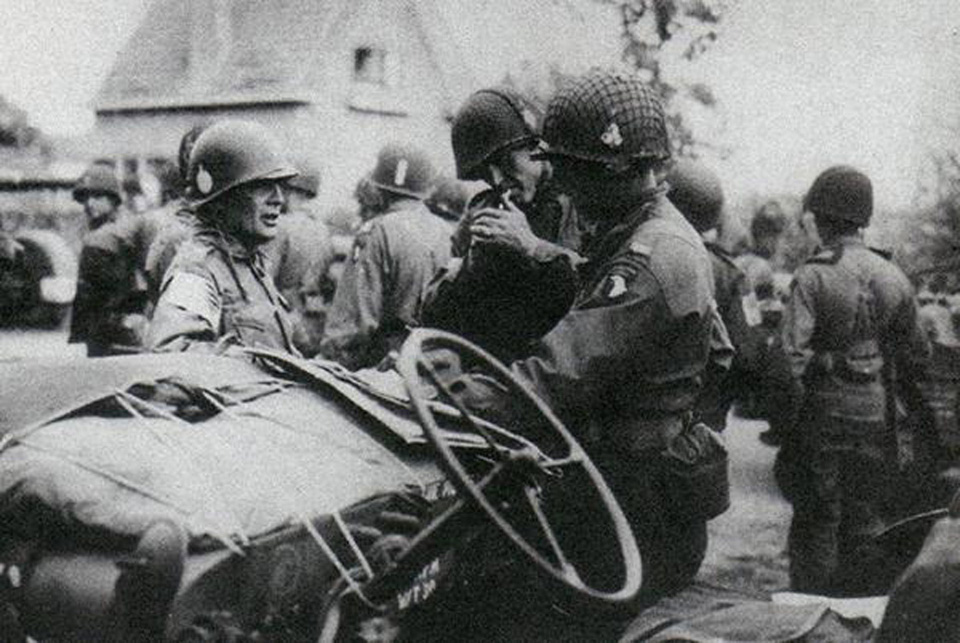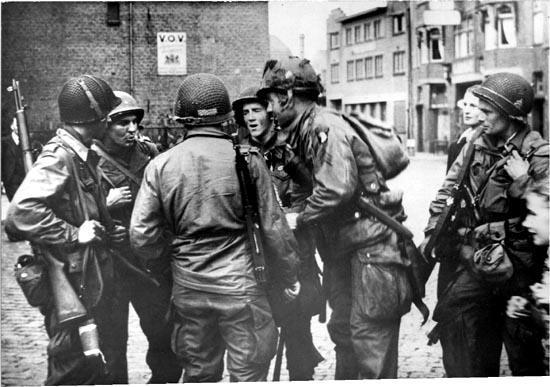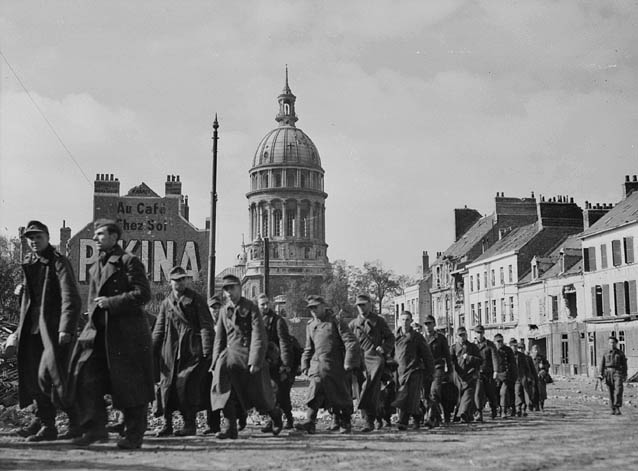Air Operations, Bonin Islands
15 30th Heavy Bomb Group B-24s based at Saipan attack Chichi Jima.
[Air Operations, Carolines
- VC-10 TBMs and FMs from Task Unit 32.7.3 sweep the Yap Atoll.
- During the night, US carrier aircraft take part (with warships and land-based artillery) in attacking troop-laden Japanese Army landing barges discovered as they approach northern Peleliu.
Air Operations, CBI
CHINA- 24 308th Heavy Bomb Group B-24s attack Hankow.
- 12 341st Medium Bomb Group B-25s and 7 14th Air Force P-51s attack transportation targets around Hengyang. 7 B-25s attack Kianghwa. 5 B-25s attack Yungming.
- 44 P-51s and P-40s attack road targets in the Changsha, Siangtan, and Sintsiang areas.
- More than 50 P-51s and P-40s attack targets of opportunity near Chuanhsien, Hankow, Kiyang, Lingling, and Paoching.
- 23rd Fighter Group P-40s and P-51s down 5 Japanese fighters around Sintsiang at an unspecified time.
- 13 7th Heavy Bomb Group B-24s transport fuel from India to Liuchow.
Air Operations, East Indies
- FEAF B-24s attack the Mapanget and Sidate airfields on Celebes.
- B-24s and B-25s attack Amahai (Ceram), the Haroekoe airfield on Ceram, and Liang (Amboina).
Air Operations, Europe
RAF BOMBER COMMANDDaylight Ops:
- 7 aircraft of No. 100 Group fly signals investigation patrols without a loss.
Minor Ops:
- There are 5 Mosquito Intruder patrols and 9 RCM sorties.
- There are no losses.
ENGLAND:
- 84 8th Air Force FRANTIC B-17s and 51 P-51s return from Italy without attacking any targets along the way.
- More than 100 8th Air Force B-24s transport fuel to France.
- 618 8th Air Force B-17s and B-24s, escorted by 268 VIII Fighter Command P-51s, attack a motor-vehicle factory and an armored-vehicle plant at Kassel.
- 3 heavy bombers and 1 P-51 are lost
- 77 VIII Fighter Command P-47s patrol over the MARKET-GARDEN battle area.
- 1 P-47 is lost
GERMANY:
- 9th Air Force fighters and fighter-bombers attack ordnance depots, supply points, rail lines, strongpoints, and numerous targets of opportunity around Aachen, Bonn, Cologne, Dusseldorf, Koblenz, Mannheim, Strasbourg (France), and Trier.
ITALY:
- 12th Air Force medium bombers attack road and rail bridges north of the battle area.
- Fighter-bombers support the US 5th Army and attack road, rail, and other transportation targets.
FRANCE:
- 68 15th Air Force B-24s transport fuel to France.
- 15th Air Force B-24s attack the Munich/Riem Airdrome, and B-17s attack aircraft-engine factories.
- 76 15th Air Force B-17s attack a marshalling yard at Larissa.
Air Operations, New Guinea
- V Bomber Command A-20s attack the airfield at Urarom.
- V Fighter Command fighter-bombers attack Idorra, Kaimana, Moemi, and Windissi.
Air Operations, Philippines
- US carrier aircraft from Task Force 38 mount punishing attacks in the Manila area and across the central Philippines.
- Carrier-based F6Fs down 1 Ki-46 'Dinah' reconnaissance plane, 1 torpedo bomber, 1 Ki-21 'Sally' medium bomber, 10 D3A 'Val' dive bombers, and 13 fighters over and near Luzon between 0630 and 1350 hours.
Allied Planning
Allied commanders meet in Versailles to clarify strategy and establish priorities for future opeations. It is deemed essential that the 21st Army Group open the port of Antwerp if any major offensive is to take place. Without the port, the Allies are very limited in what they can do. Once Antwerp is taken, the 21st Army Group will take operational control of the US 1st Army and cross the Rhine River to the north,. The 12th Army Group will extend its front northward toward Cologne. The 6th Army Group (the US 7th Army and the French 1st Army) will move to occupy Strasbourg and Alsace.
[Balkans
In Croatia Pavelitch decrees general mobilization. Since the changed allegiance of Rumania and Bulgaria, Pavelitch has been receiving more help from the Germans. But despite mobilization and German aid, Tito's force become more and more threatening, and the Croat units armed by the Germans, collapse the first time they encounter the partisans.
[Battle of the Atlantic
The US storeship Yukon (AF-9) is torpedoed by U-979 43 miles west of Reykjavik, Iceland. She made it back to Reykjavik with the help of a couple of tugs where temporary repairs were made.
[Eastern Front
Troops from Leonid Govorov's Leningrad Front take Tallinn the capital of Estonia. In Rumania the Russian advance reaches Arad.
NORTHERN SECTORLead elements of the 59th and 8th Armies reach Tallinn and capture the city as the 18th Army rapidly evacuates its units south to avoid encirclement.
The 3rd Panzer Army has to abandon its counterattack in Latvia, having lost more than 140 panzers during bitter fighting. The 43rd and 4th Shock Armies immediately counterattack and force the 16th Army back upon Riga.
[Italy
All the units of the US 5th Army are now past the 'Gothic' Line; only one little strip on the Tyrrhenian coast, between Leghorn and La Spezia, remains in German hands.
[Palaus
Gen Roy Geiger decides to bring in the 321st Inf, a regt of 81st Inf Div, to replace some of the Marine units which have taken heavy losses in the attacks on Mount Umurbrogol. Later a second regiment of this div will be committed. The Japanese are still solidly dug in in their 'termite nests' and still hold the attackers at bay.
On Angaur units of he 323rd Regt of the 81st Div press on into the Lake Salome area, but withdraw at nightfall.
A regimental combat group of the US 81st Div lands on Ulithi atoll, in the northwest Carolines, the same group that includes the Palau Islands.
[Western Front
The Polish paratroops joined later by British 43rd Div try to reach the Rhine to help the British airborne troops still cut off on the north bank. Other XXX Corps forces continue to meet heavy resistance in their advance toward Arnhem. Elst 5 miles north of Nijmegen is taken. In other Allied attacks Boulogne falls to the Canadian 3rd Div. Gen Eisenhower decides to give absolute priority to the operations for the liberation of the Scheldt estuary so as to be able to use the port of Antwerp.
The Germans surrender at Boulogne after a long and costly defense. Stolberg, east of Aachen, is captured.
[Images from September 22, 1944
|
|
|
|
|
|
|
|
|
|
British Advance in the Netherland |
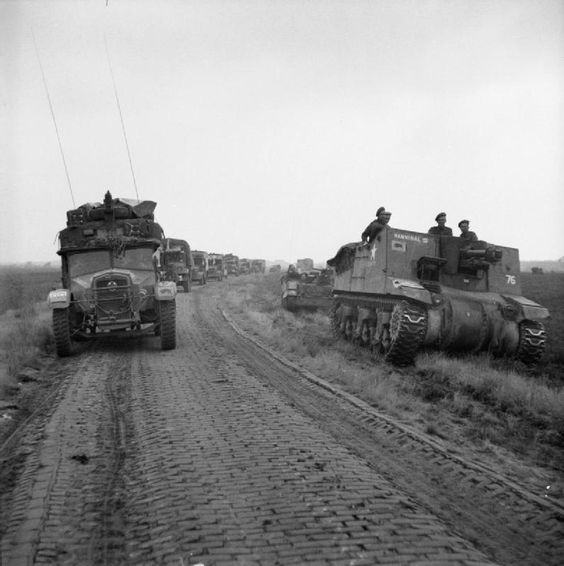 |
